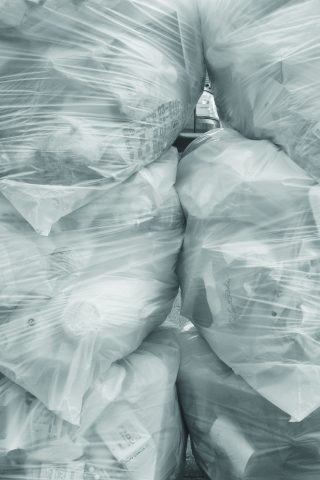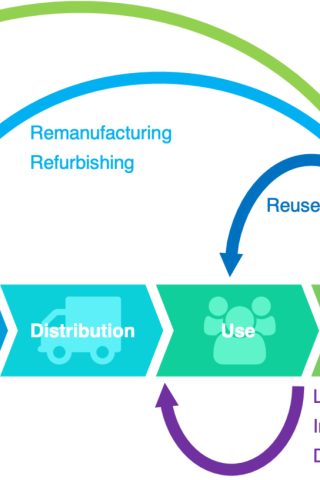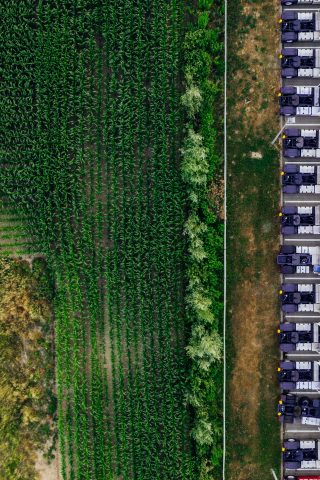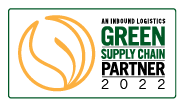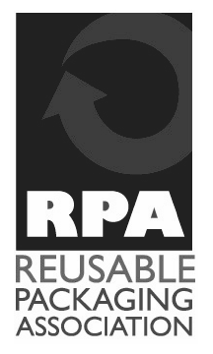International Conference on Sustainable Development, Ronald Panameño, Professor & Researcher, Central American University UCA, Operations & Systems department. (corresponding author)
Abstract
The sugar industry is one of the leading economic sectors in Central America, as demonstrated by the industry’s output volume, labor utilization, and biomass energy use, all among the most significant in regional economic activity. At the same time, the industry imposes a heavy burden on Central American societies: it requires extensive land use, heavy use of nitrogen-based fertilizers, large amounts of water, and the emissions resulting from the industrial processes are a considerable source of pollution.
The sugarcane industry’s current production cycles and machinery (the sugarcane mill being the most emblematic) were developed during the 19th century. Therefore, the industryfollowsa classic linear productionworkflow wherebyitrelieson significant asset investments that cannot be easily adapted to another industrial process; the main goal is usually to maximize production every harvest season disregarding the externalities. How can, then, this sector transforms this anachronistic industrial method to adapt to a framework of circular economic development? This paper analyzes current industrial trends and processes among leading sugar producers in Central América. We use Life Cycle Assessment (LCA) methodology to evaluate an archetypal sugar mill and develop a simulated model of the environmental impacts of the industry using SimaPro software and the International Reference Life Cycle Data System (ILCD) method; the results are applied to estimate sugar production and visualize the impact characterization.Finally,acircular economy framework is used to develop guidelines for transition to a sustainable production model in the sugar sector.
The results demonstrate that the Central American sugar industry can indeed become a key player in sustainable development if circular economy concepts are understood and implementedin the production process.We also identify barriers and challenges in the current production model that need to be addressed before this transformation takes place.

